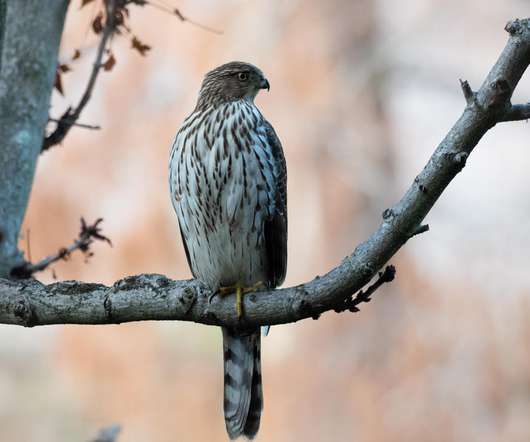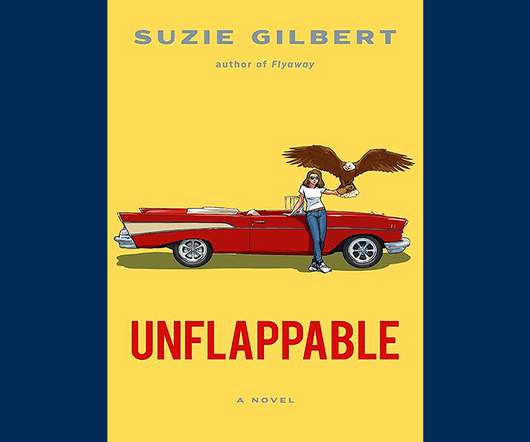The Gas Station Bird
10,000 Birds
JUNE 13, 2021
When the photo was posted on social media, people immediately began making calls – to the local wildlife rehabilitation center, the state falconry club, and the wildlife division of the state wildlife agency. You know how you feel start feeling sick and lightheaded if you inhale gas fumes?











Let's personalize your content